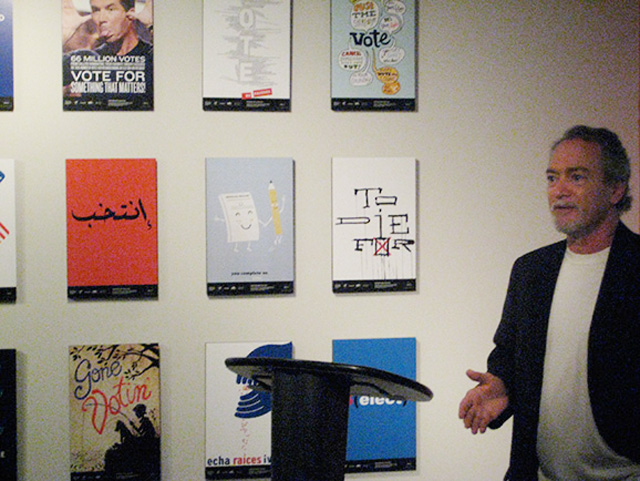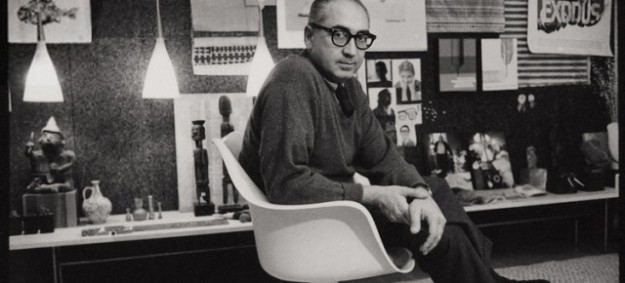Otl Aicher
Otherwise known as Otto, he is regarded as one of the most prominent German graphic designers of the twentieth century. He is distinguished as a man of principle, shaped by historical context and capable of navigating challenging circumstances with fortitude. He is arguably most renowned for spearheading the visual identity of the 1972 Munich Olympic Games and for conceptualising the pictograms, which are the simplified stick figures that can be observed in numerous public signage, including that of men’s and women’s toilets.
Otto Biography
Otl Aicher was born on 13 May 1922 in Ulm and attended school with Werner Scholl. Subsequently, numerous members of Werner’s family were subjected to execution at the hands of the Nazi regime for their role in resistance activities and affiliation with the proscribed organisation, the White Rose. Additionally, Otl Aicher was detained for declining to participate in the Hitler Youth, which effectively precluded numerous prospective avenues for his future in Nazi Germany. For instance, he was unsuccessful in his college entrance examination in 1941, despite displaying a keen intellect and a proclivity for philosophical, literary, and artistic pursuits. As a consequence of his failure to attend college, he was subsequently conscripted into the German army. Despite numerous attempts to be exempted on medical grounds, his primary objections were based on philosophical considerations. In 1945, he finally deserted the army, just prior to the conclusion of hostilities. He subsequently sought refuge in the Scholl residence in Ulm, where he believed he would be secure.
In 1946, following the conclusion of hostilities, Aicher became increasingly involved in the reconstruction of the city and the elevation of morale through the establishment of the Ulm Circle of Friends, held on Thursday evenings. The Circle engaged in discussions on a range of subjects, including philosophy and literature, in addition to other topics. The posters created by Otl for this organisation represent his inaugural foray into the field of graphic design. By this point, Otl Aicher was pursuing studies in sculpture at the Academy of Fine Arts in Munich. In 1947, he established his own studio in Ulm.
In 1952, he entered into a marital union with his long-term romantic partner, the sister of his closest friend, Inge Scholl. In 1953, Otl and his wife, Inge, together with Max Bill, established the Ulm School of Design, which had its origins in the Circle of Friends. Subsequently, the school became one of Germany’s leading educational centres for design during the 1950s and 1960s. Notable alumni included Tomas Maldonado, Max Bill and Peter Seitz.
In 1969, Lufthansa commissioned Otl Aicher to produce a logo for their highly successful airline. However, his primary focus was the commission from the Olympic Games in Munich in 1972, for which he served as the lead graphic designer. Additionally, he is credited with designing the first official German mascot, a stripy dachshund named Waldi, for the Olympic Games in Munich in 1972. Additionally, he devised the use of pictograms, comprising images of men and women in stick form on information signs, thus facilitating rapid comprehension of the intended purpose of the logo. The most illustrative example of this phenomenon is the signage used in men’s and women’s restrooms.
In 1980, he assumed the role of consultant for the kitchen company Bulthalp, where he produced numerous contemporary designs. At this juncture, one can discern the influence of functionalism, a contemporary philosophical movement that espoused the notion that objects must serve a purpose, on his work. This is exemplified by his development of the Rotis family of fonts in 1988, which was inspired by the Rotis residence where Otl lived and maintained his studio. Additionally, he designed the renowned M symbol for Munich Airport in a bespoke font.
It is regrettable that Otl Aicher passed away on 1 September 1991 as a result of a road traffic accident. He was struck by a vehicle while operating a garden mower, and as a result, the world lost a graphic designer of considerable merit.



